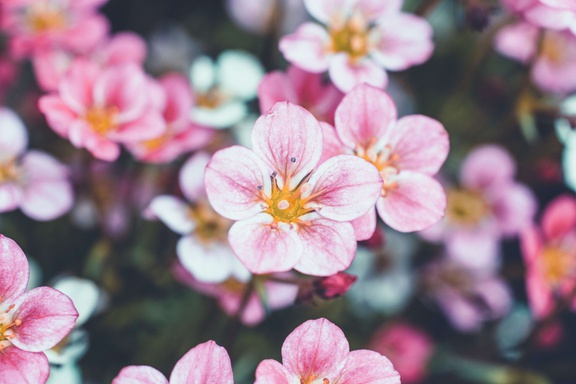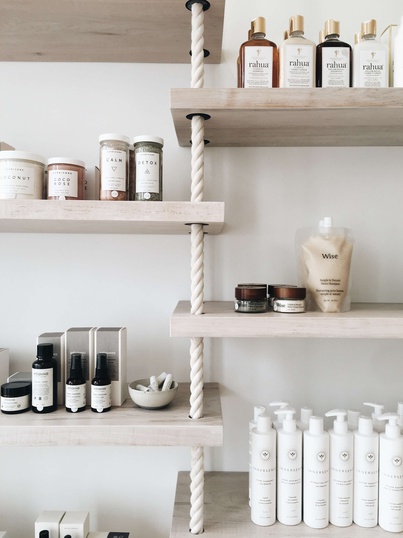When we start to be interested in natural cosmetics, it is generally to flee dubious compositions and products whose list of ingredients is sometimes too long to be healthy. Many bloggers have taken an interest in the subject and for years now, more and more of them have been offering natural beauty while still taking care of themselves.

Nevertheless, natural beauty is unfortunately not something that comes naturally. Indeed, when you buy a cream, a care oil or makeup whose standards are neither organic nor natural, you have no certainty about the real composition but on the other hand, you ensure a certain simplicity. Especially since many products now offer 2-in-1 or even 3 or 4-in-1 products to make the consumer's life easier... But what about the user's health after 5, 10 or 15 years of use?
Natural cosmetics can be learned but it's ultimately very simple.
Indeed, practicing a natural beauty is simple when you have approached the different ingredients, the different recipes and the different methods of use. Of course, you can't become a natural cosmetics pro in a snap of the fingers. And of course, it is possible to be wrong. That's why it's important to know your skin and the different ingredients that can be combined with your complexion, your imperfections and your needs.
Since it's not easy for consumers to jump into a new form of healthy living, let's approach a few ingredients to get you off to a good start: Oils.

Jojoba oil, a classic for all skin types.
It is soothing, calming, healing, nourishing, regulating, anti-wrinkle, protective. It regulates the sebum of the more oily skins and it remains a perfect day care for all the skins.
Argan oil, a precious for mature skin.
This oil is softening, rich in omega 6 (and at the same time poorer in omega 3), protective, nourishing and regenerating. Its richness in carotene and vitamin E makes it an ideal restructuring and anti-radical oil.
Sweet almond oil, a softness for the most fragile.
Ideal for night care, sweet almond oil is calming, regulating and nourishing. It is suitable for all types of care and will often be used as a base for essential oils for example. Moreover, it is the most appropriate oil for the youngest and even infants.
Olive oil, a transfer from the kitchen to the bathroom.
Who thought to take the family olive oil for a facial? Despite the rather strong smell of this oil, it offers a range of interesting benefits for cosmetic care such as its soothing, softening and nourishing quality. It represents a complete care and should find more space in the bathrooms.
Ricin oil, a thick protector.
This very thick and slightly viscous oil is known for nail and hair care because its action is nourishing, protective and regenerative. It is ideal as a hair mask to restore shine and structure to slightly damaged or broken hair.
Very often, the ingredients found on websites or in organic stores are products that come from far away. For example, cocoa butter, mango butter, macadamia oilIt is also used in cosmetics and in cooking. You can also read our article on high quality vegetable oils.
In order to remain in a respect of oneself as well as of our environment, the importance should be carried on the use of local products (or in majority at least) for the daily life.
Finding a balance is the priority for a healthy and ethical vision of our health.



